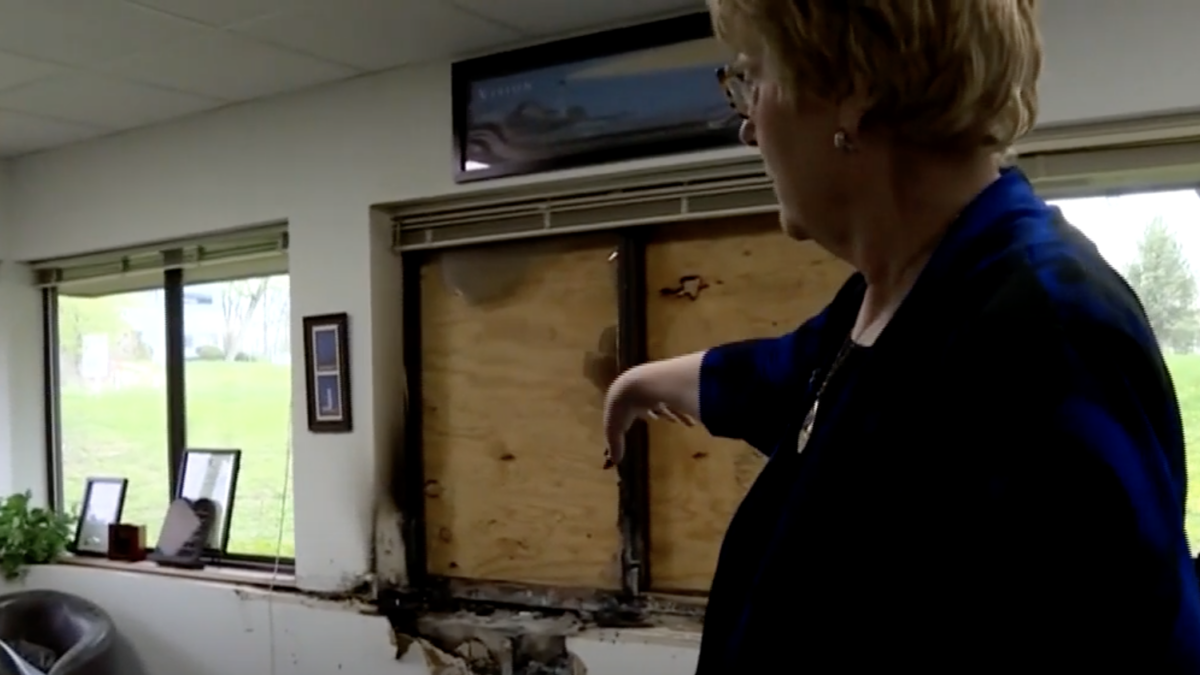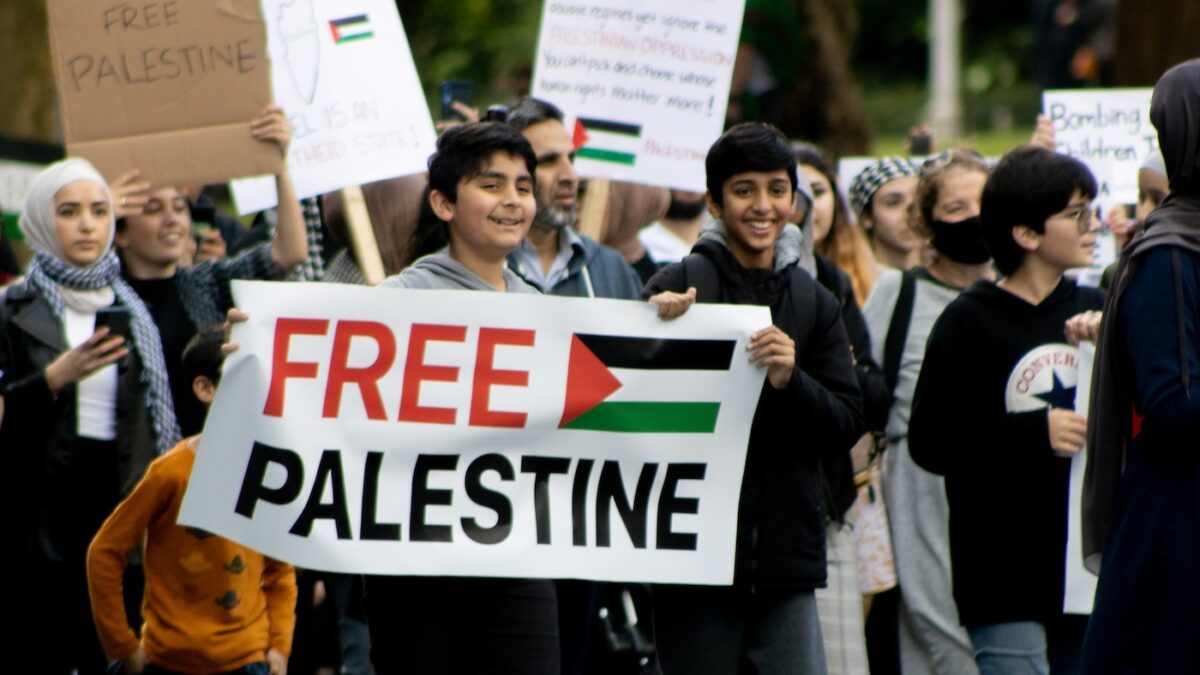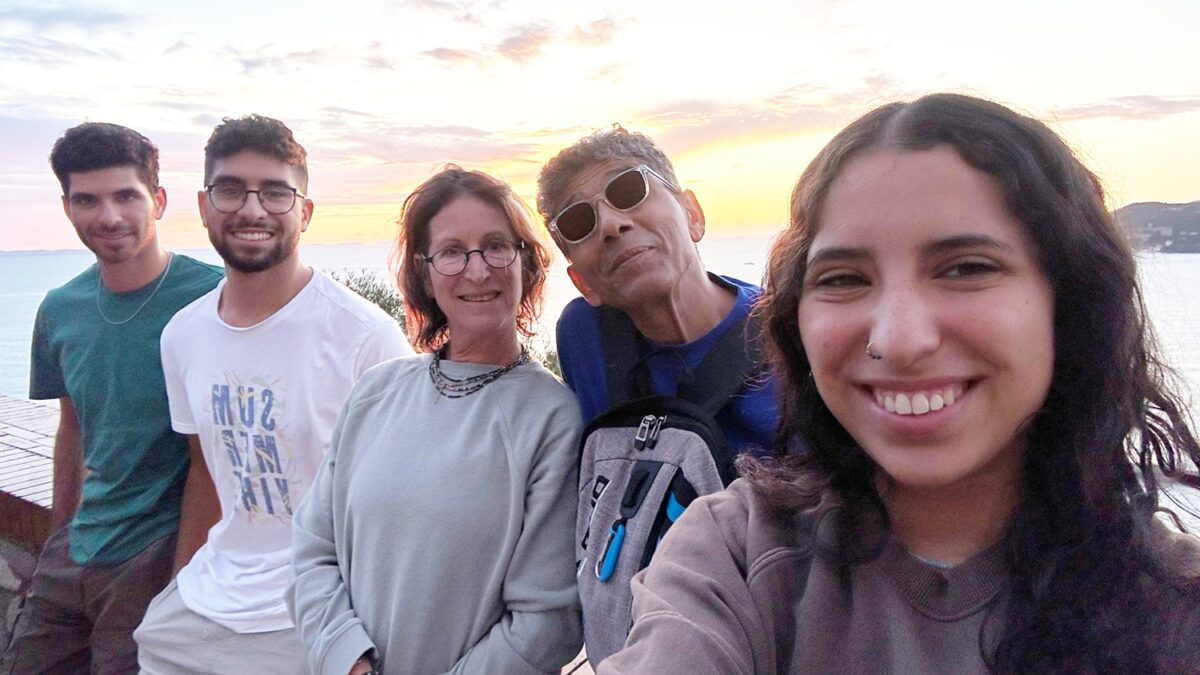
At 7:20 a.m. EST on Monday, the suicide vest worn by 27-year-old Akayed Ullah detonated at a Port Authority bus station in Manhattan. This increased the pile of radical Islamist terror attacks that have hit the United States this year.
While Ullah was badly injured and three other commuters sustained non-life-threatening injuries, countless other rush hour commuters around the scene at the time of detonation were thankfully spared. Former New York Police Department Commissioner Bill Bratton confirmed on MSNBC’s “Morning Joe” that Ullah had acted in the name of ISIS.
Ullah is a Bangladeshi man who has been in the United States for approximately seven years. He joins the ranks of domestic terrorists radicalized within U.S. borders before carrying out attacks inspired by the Islamic State terrorist group. New York Gov. Andrew Cuomo described Ullah as “disgruntled,” and confirmed that Ullah taught himself how to make the deadly “low-tech device” with wires, a pipe bomb, and a battery pack.
While radical Islamic terrorists continue to set their sights on intimidating the western world, the question remains as to what traits domestic terrorists who are radicalized within our borders share and how—if at all—clearer trends are helping identify potential threats.
Building a Profile of Domestic Terrorists to Predict Threats
Former assistant secretary of state Kim Holmes confirms that these traits exist, and that many terrorists radicalized in the United States are young men born overseas and brought over by chain immigration or through the gravely flawed visa lottery. Many more, he says, are the product of Muslim parents born overseas who emigrate to the United States but refuse to assimilate, fostering feelings of alienation and resentment and making them prime targets for radicalization.
“Many of these guys are being recruited online and by radical clerics. Like we saw with Ullah in New York, they don’t even need elaborate support structures,” Holmes says. “These are alienated, frustrated, and violent young men who are looking to belong to something, and that makes them prime targets.”
Holmes said we can look to Europe for data showing the threat of radical Islamic terrorism increases year by year, with a total of 15 plots or attacks in 2014, 38 in 2015, 59 in 2016, and 30 by May of this year. That number is even more daunting when you look at global statistics: between January 2014 and May 2017, there were a grand total of 142 radical Islamic terrorist plots recorded across 15 different countries in Europe alone.
“These guys are looking for ways to justify their violence and find a sense of belonging,” Holmes said. Twenty-eight-year Army Special Forces veteran and former Pentagon top dog Col. Steve Bucci echoed Holmes’ frustration with chain migration: “Look at the case with this guy in New York – he came to the states because his uncle was already here. Chain migration is something that was defined very broadly under the Obama administration. This [Trump] administration hasn’t tightened it up just yet, but they are talking about how to do that effectively.”
Importing Low-Skill People Can Lead to Trouble
Bucci also noted that most “remotely radicalized people” are unemployed or underemployed. “There’s a reason for that; they’re not the sharpest knives in the drawer. Most have frequented radical websites and have picked up the ideology from there. These are people who are wounded and are looking to be associated with something. Isolation, alienation, low income or no income all play a factor here.”
As global terrorism strategies evolve, so too should our defense, security, and intelligence strategies, says Lisa Daftari, an award-winning investigative foreign affairs journalist and editor-in-chief of The Foreign Desk.
“I’ve always deterred people from using phrases like ‘lone wolf terrorism’ or ‘homegrown terrorism’ because these guys are getting information directly from terrorist organizations online,” she says. “We saw this with Ullah: he had been downloading material and had been an online ISS fanboy since 2014. It’s not ‘homegrown terrorism’ when this information is originating in the caliphate.”
Daftari agrees with Holmes and Bucci about the role of economic factors: “Usually, someone who has a job and a life isn’t thinking about strapping a bomb to themselves and blowing something up.”
It’s clear, according to these experts, that Islamic terrorists radicalized within the U.S. do share a host of commonalities. Unassimilated, alienated, underpaid, or unemployed young Muslim men appear to be most vulnerable to radicalization, and chain migration seems to frequently assist these potential terrorists to come to the United States.
But what do we do in the wake of these attacks? Identifying the common threads that bind these terrorists together is an important first step, but does this make potential threats any easier to spot? To put it another way: how do we do a better job of stopping these guys before they kill more innocent people?
Nobody Has a Crystal Ball
Bucci puts it best: “It’s really tough. Larger events, like 9/11 for instance, require a lot of training and a lot of backside support, but our law enforcement, intelligence, and operational capabilities since then have been doing a great job at keeping those guys at bay and finding them before they’re able to carry out something that big. It’s a bit of a tradeoff: do you use manpower and resources to focus on the bad guys going for a huge homerun, which we catch around 99 percent of the time, or these low-level folks who are able to carry out less devastating events but who are harder to keep an eye on?”
Holmes says there are two predominant approaches to domestic terrorism: Urging action, even if we don’t know for sure what will be effective, or urging people to learn to live with the heightened uncertainty as a fact of life.
“Politically correct liberals want us to live with it, with this constant threat of radical terrorism, but the fact is it’s getting worse, so at what point do you change your mind?” he says. “Is it after 143 global attacks? 243 attacks? 343? Liberals’ underlying argument here is that it’s not yet bad enough to do something to stop this, but that implies that working to stop terrorism somehow makes it worse.”
Holmes and Bucci say part of the solution involves a delicate dance between increasing security measures and avoiding infringing on the civil liberties and rights of civilians.
“We should be asking police and law enforcement officials to discuss every crazy idea they come up with regarding how to spot these guys preemptively, because there may be one or two ideas in the bunch that folks will feel comfortable with constitutionally that could give the good guys the edge they need,” Bucci said. Holmes adds that local courts are exercising too much authority in waiving immigration laws.
“The courts are intervening with president Trump’s travel ban on very shady constitutional grounds. We’re at the point where local judges are making foreign policy calls. Where did they get that authority? We sort of glide over that like it’s any other day in America, but that’s not what the courts are for,” Bucci said.
Daftari says education, awareness, and acknowledgement are the most important factors in fixing America’s domestic terrorism problem: “This isn’t going to change whether we have a Republican or a Democrat in office. Until Left, Right, and center view terrorism, national security, and our relationship with foreign policy as a non-partisan issue, all of us are at risk…Radical Islamic terrorists aren’t looking to bomb and kill the alt-right or the progressive left; they’re looking to bomb and kill Americans. We need to be prioritizing safety and security over political correctness.”









